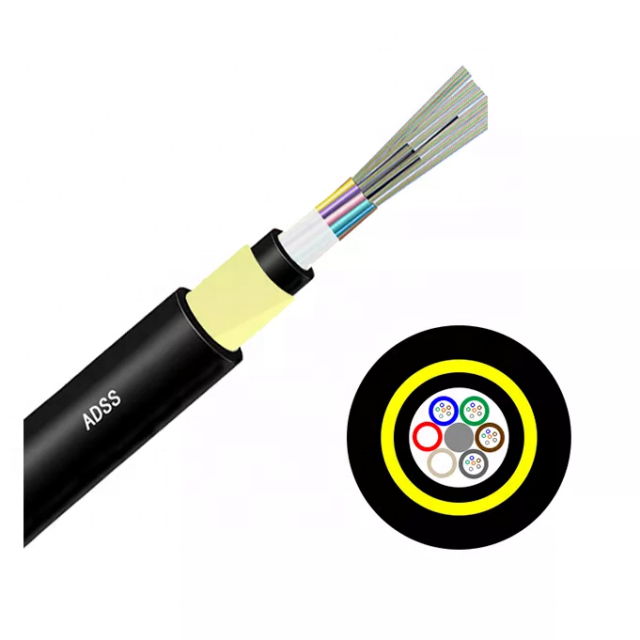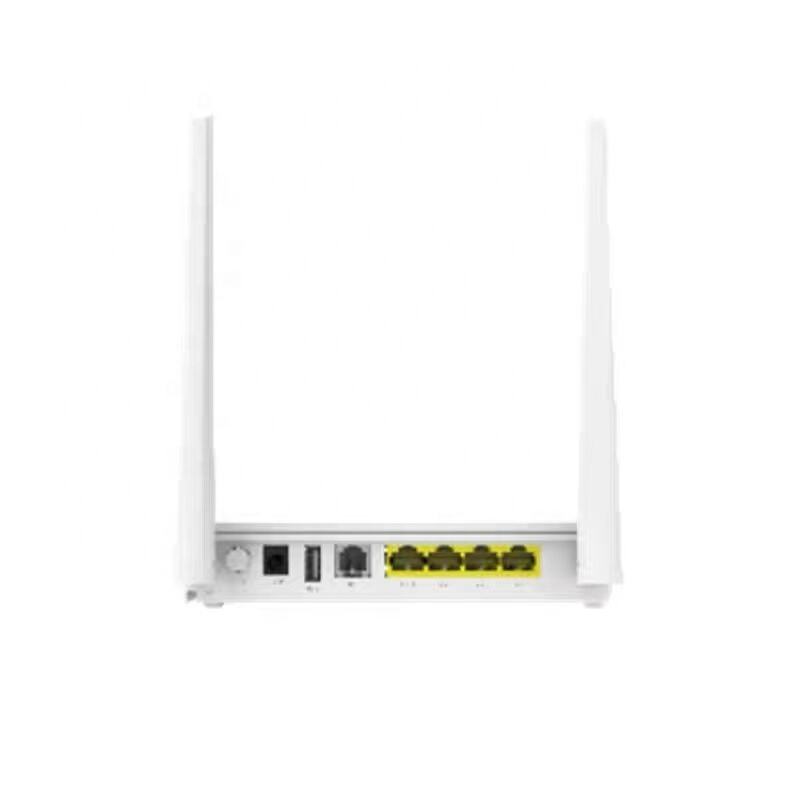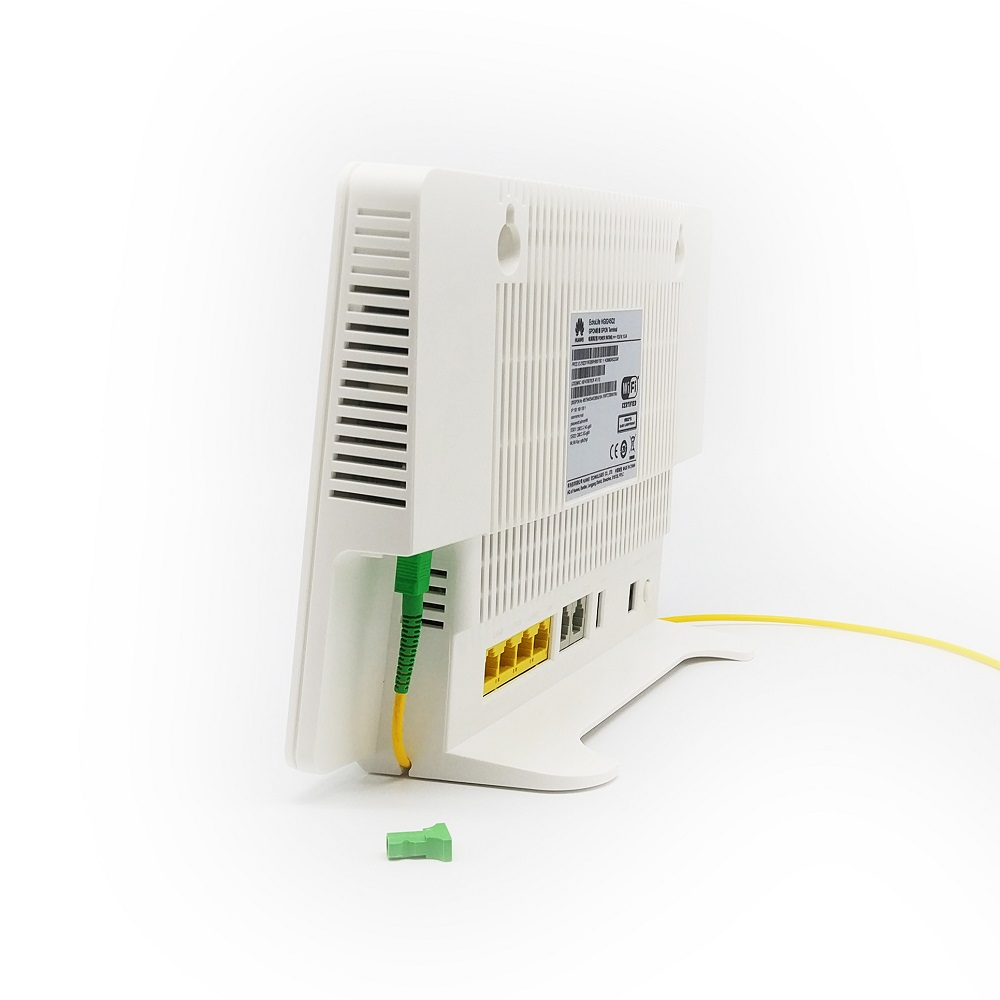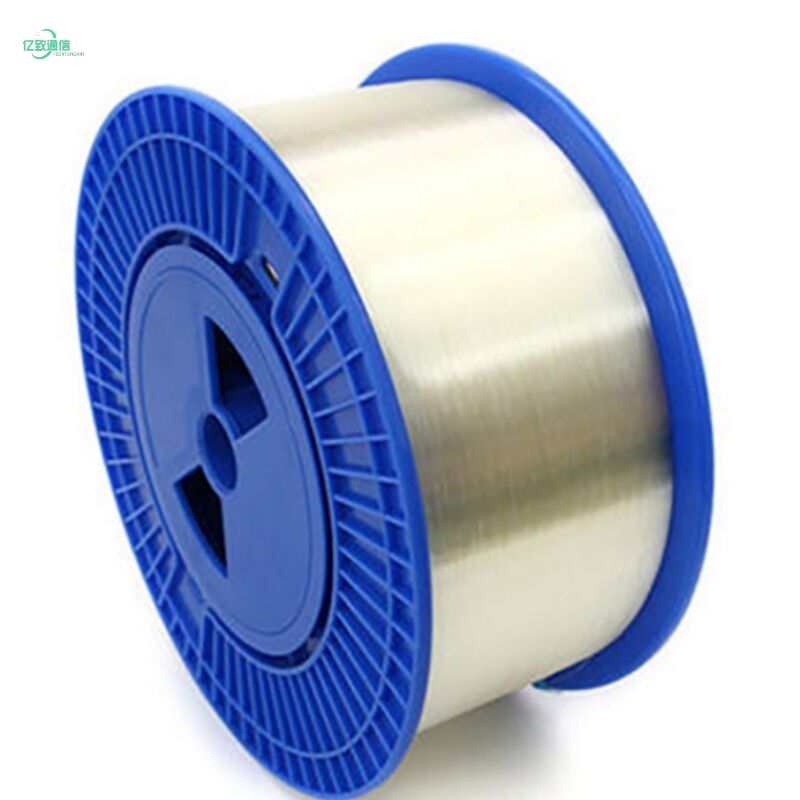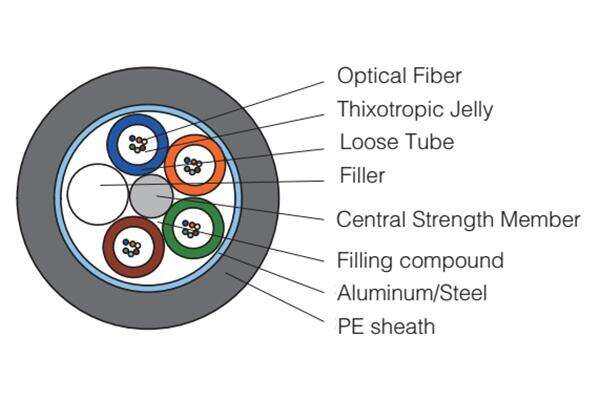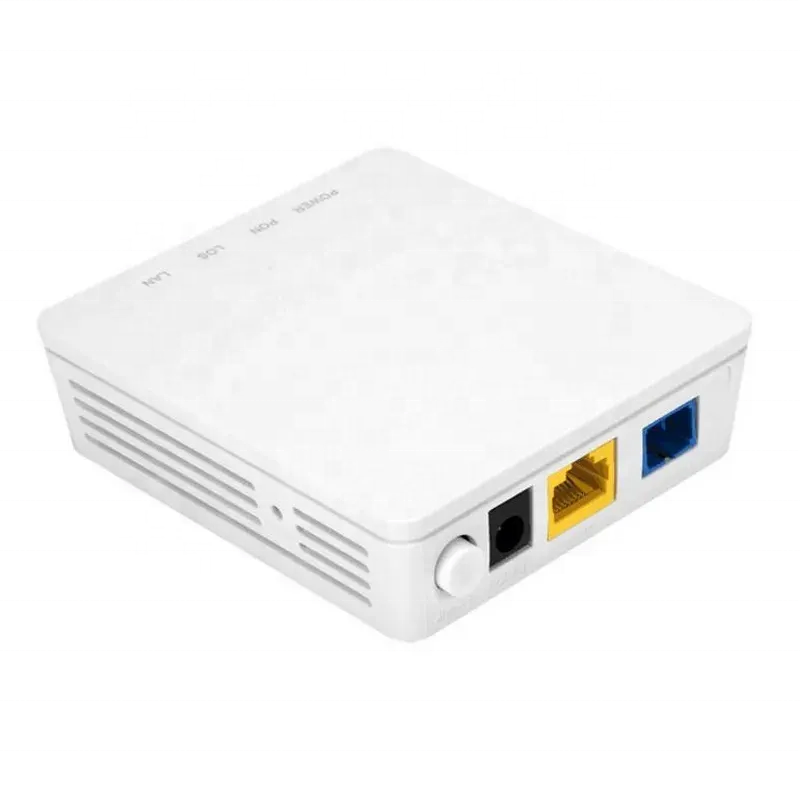sfp
SFP (Small Form-factor Pluggable) transceivers represent a crucial component in modern networking infrastructure, serving as compact, hot-swappable optical modules that enable data transmission across fiber optic networks. These versatile devices convert electrical signals to optical signals and vice versa, facilitating high-speed data communication across various distances. SFPs operate across multiple protocols, including Ethernet, Fibre Channel, and SONET/SDH, with speeds ranging from 100Mbps to 10Gbps. Their standardized form factor ensures broad compatibility across different networking equipment manufacturers, while their modular nature allows for easy installation and replacement without disrupting network operations. Advanced SFPs incorporate digital diagnostic monitoring capabilities, enabling real-time monitoring of operational parameters such as temperature, voltage, and optical power levels. These modules support various transmission distances, from short-reach applications in data centers to long-haul telecommunications networks, utilizing different wavelengths of light to achieve optimal performance. The technology integrates essential features like digital diagnostics interface (DDI) and rate-selection functionality, making them ideal for both enterprise and carrier-grade applications.

